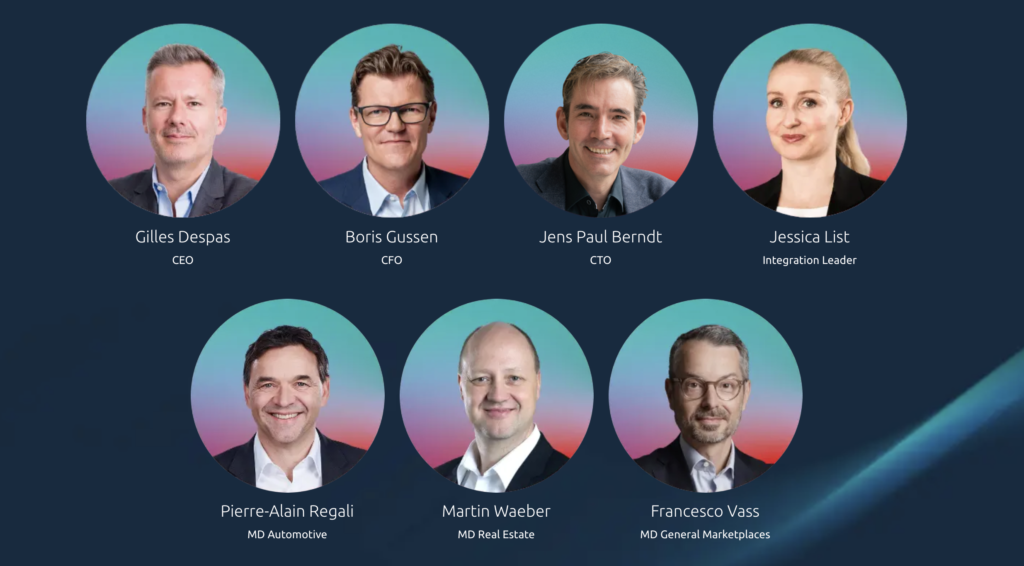To mark the International Day of Play, Right To Play Switzerland is launching a very special fundraising campaign as part of the #RicardoForGood initiative: From June 2 to 11, 2025, supporters can bid on unique signed items and experiences from top athletes on Ricardo – all for a good cause.
Items up for auction include:
- An exclusive salsa dance class with Right To Play ambassadors Anouk Vergé-Dépré (beach volleyball) and Alexander Martinez (triple jump)
- Two signed tennis outfits by Martina Hingis, in red and white
- A signed T-shirt from Olympic snowboard champion Iouri Podladtchikov
- Signed football jerseys from the national teams of Finland, Romania, Bosnia and Herzegovina, and from Dutch club PSV Eindhoven
- A signed ski helmet and protective gear from Alexis Pinturault
From Ghana to the dance floor – the story behind the auction highlight
The idea for the salsa experience came about spontaneously: When Right To Play ambassadors Anouk Vergé-Dépré (volleyball) and Alexander Martinez (triple jump) visited a program in Ghana in 2024, they experienced a car breakdown. During the unexpected travel break, they discovered a shared passion for salsa dancing. This inspired the two athletes from different disciplines to offer a salsa class as an auction prize and donate the proceeds to Right To Play.
Bid now and support children around the world
Right To Play’s charity auctions will run from June 2 to 11, 2025, on Ricardo. Every bid helps bring hope and a brighter future to children living in crisis areas. As part of the #RicardoForGood initiative, Ricardo will waive its success commission.
25 Years of Right To Play Switzerland
This year, Right To Play Switzerland celebrates its 25th anniversary. The foundation is committed to protecting, educating, and empowering children in crisis zones. It supports programs in 14 countries that focus on play-based learning methods. Thanks to these programs, children can learn to overcome adversity, continue attending school, claim their rights, and dream of a better future.
Media contact Right To Play Switzerland:
Marisa Maeder, [email protected]
Tel. 079 229 88 77
About Right To Play Switzerland
Right To Play protects, educates, and empowers children so they can overcome adversity through the power of play. For 25 years, Right To Play has been a global leader in helping children learn and thrive through play – one of the most fundamental forces in a child’s life.
www.righttoplay.ch
About Ricardo
Ricardo was founded in late 1999 in Baar (ZG). Over the past 25 years, it has grown into one of the most popular online marketplaces for secondhand goods in Swiss e-commerce. Ricardo is part of SMG Swiss Marketplace Group AG.
www.ricardo.ch

